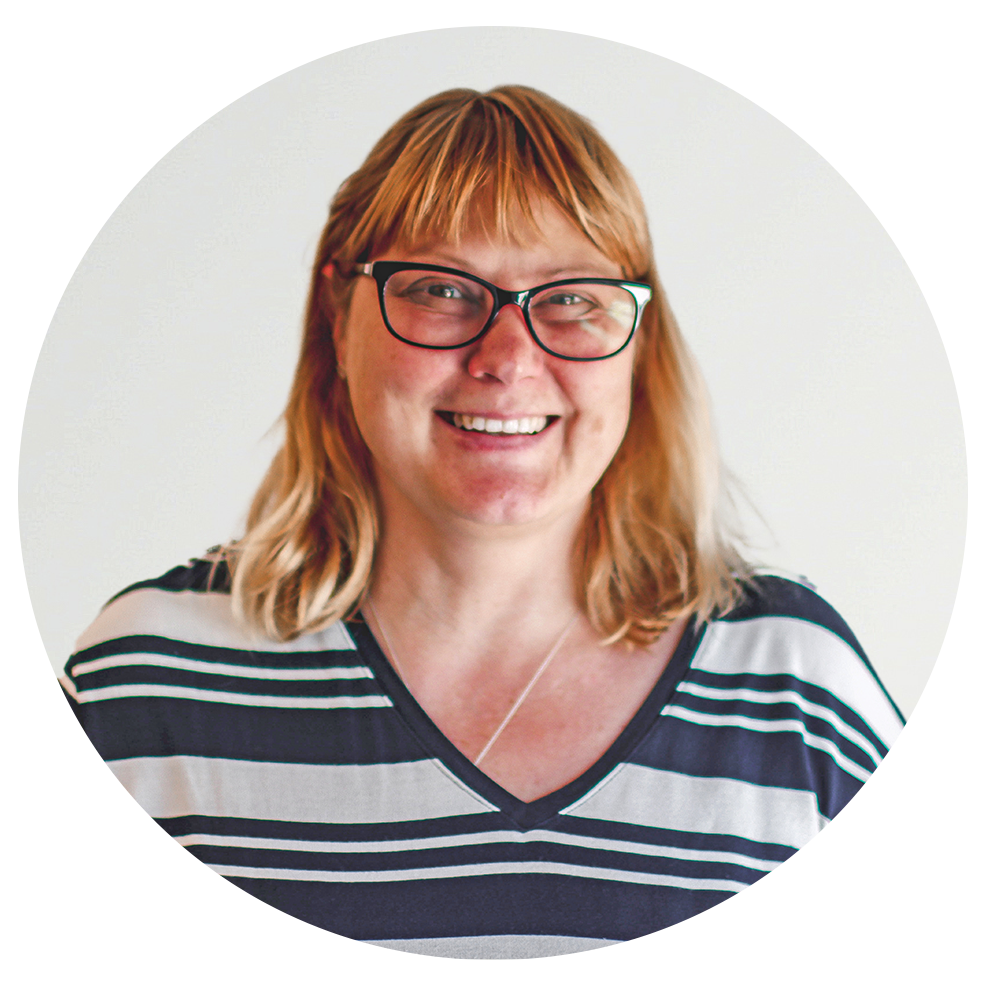Designing for dementia: Facts Fiction and Finesse
In this webinar we explore dementia from a design and clinical aspect, looking at types and symptoms and how we design our care homes for the future.
Learning Outcomes
- Understanding the types and possible symptoms of Dementia
- How we need to design interiors to be fit for purpose
- Tips and advice of how to approach the design
Meet our Experts

Jenny is a senior occupational therapist. She qualified in 1997 and completed her MSc in Neuro-rehabilitation in 2007. She has worked in Neurological Rehabilitation at the Battle Hospital in Reading, and the Rivermead Rehabilitation Centre in Oxford which became part of the Oxford Centre for Enablement in 2000. She moved into the Specialist Disability Service at the OCE from where she joined the Oxford MND Centre in January 2007.
Since August 2009 Jenny has been funded full-time by the Motor Neurone Disease (MND) Association to develop NHS wheelchair services across the UK, to improve wheelchair provision for people living with MND.

Gilly started Koubou Interiors in 2004, she has been CPD Director for the BIID and was Past President 2018-2019. Gilly also speaks at various events about designing for the ageing population, especially focusing on design constraints imposed by dementia and other disabilities.
People who watched this also watched...
Who's a leader anyway? My role as an advocate
A brief presentation outlining the role of leaders within the profession. This will focus on helping therapists to lead where they are and outline their role as advocates for social justice. The webinar will also provide some tips and resources that will support you on your leadership journey.
Understanding and supporting people with Dementia
This webinar will give a brief overview of the role of Admiral nurses and the charity that supports them, Dementia UK. The focus will be on the experience of dementia for both the person who has been diagnosed and their families. It will include hints and tips on how you can ensure the very best support is given, by having a better understanding of the condition.
Clinical reasoning for seating: breaking down the assessment process
This session will explore the essential components of a postural assessment for seating.


